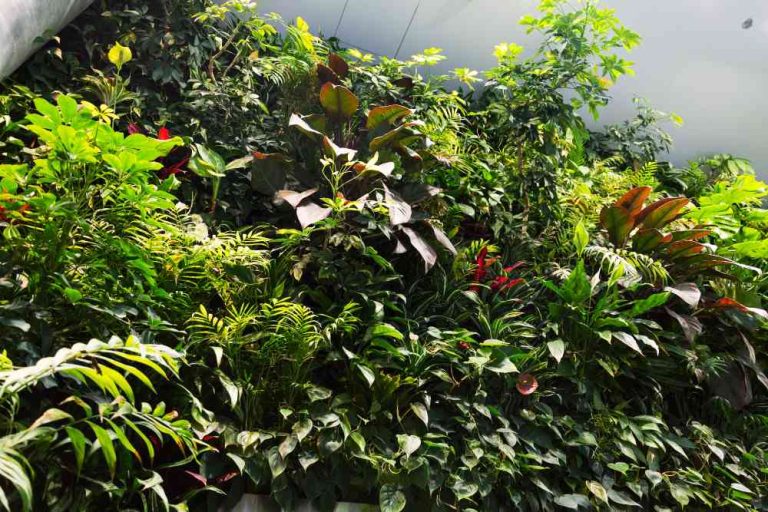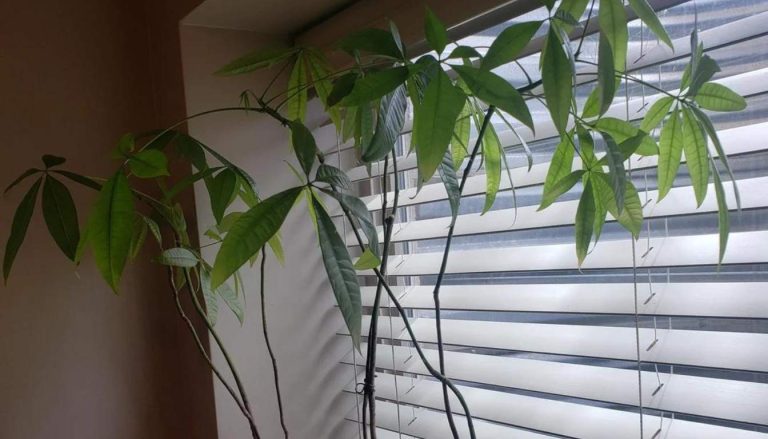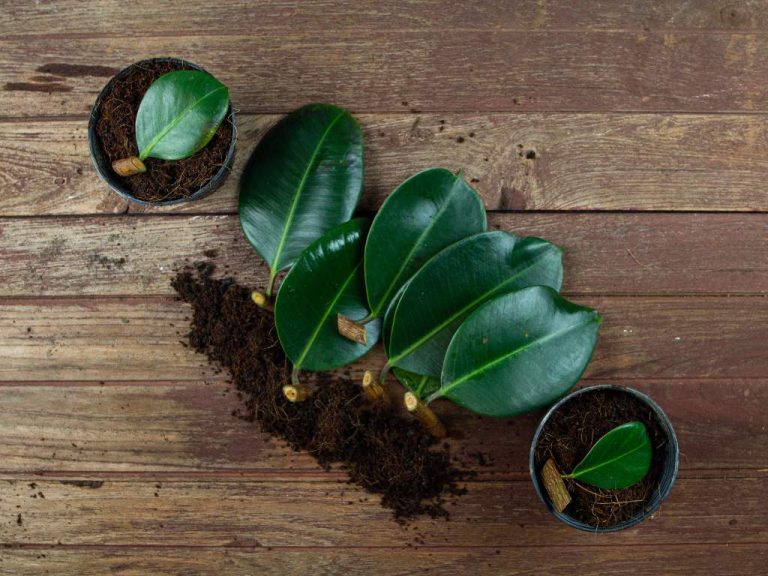15+ Discover The Best Plants for Kokedama Masterpieces
Kokedama, which means “moss ball” in English, refers to a ball of earth that has moss growing on it. This popular gardening technique, which has its roots in Japan, is utilized in Japanese gardens. Kokedama is sometimes known as “poor man’s bonsai.” It’s comprised of wet kokedama soil and keto molded into a ball.
What is Kokedama?
Kokedama is a fusion of two Japanese words: “Koke,” meaning moss, and “dama,” which means ball. As the name suggests, kokedama is a ball of soil covered in vibrant green moss that serves as a home for various types of plants. This cultivation method doesn’t require traditional planters, as the moss ball acts as both a container and a decorative element. It’s like having a hanging garden with a unique twist that exudes elegance and simplicity.
The moss is then wrapped around the plant once it has been placed inside the ball. The entire bundle is fixed using aluminum or nylon wire, which is also occasionally used to suspend the kokedama in the air. You can learn more details from our article “How to make kokedama“.
This is a lovely and unique approach to growing plants that do not require the typical plastic or clay pots. The best plants for kokedama will be discussed in this post since some plants do better in kokedama than others.
Kokedama Plant Ideas
The beauty of kokedama lies in its versatility. Virtually any small to medium-sized plant can be transformed into a kokedama. It is a delightful way to explore your creativity and bring a touch of nature to your living space. Here are some popular plant choices for kokedama:
- Ferns: Ferns are a natural choice for kokedama due to their love for moisture and shade. Their delicate fronds beautifully complement the lush green moss, creating a serene and tranquil ambiance.
- Succulents: Contrary to the typical kokedama plants, succulents prefer drier conditions. Mixing the moss with other materials like peat or sand can create a suitable environment for these water-storing plants.
- Herbs: Kokedama herbs are visually pleasing and practical for your kitchen. Growing herbs like mint, basil, or parsley in kokedama form allows easy access to fresh ingredients while adding charm to your cooking space.
- Spider Plants: Spider plants are hardy and adaptable, making them ideal for beginners in the kokedama art. Their arching leaves lend a graceful appeal to any hanging garden.
- Orchids: Orchids may seem delicate, but certain varieties thrive in kokedama. These elegant flowering plants can bring a touch of luxury to your indoor space.
1. Chinese Money plant – Pilea Polybotrya
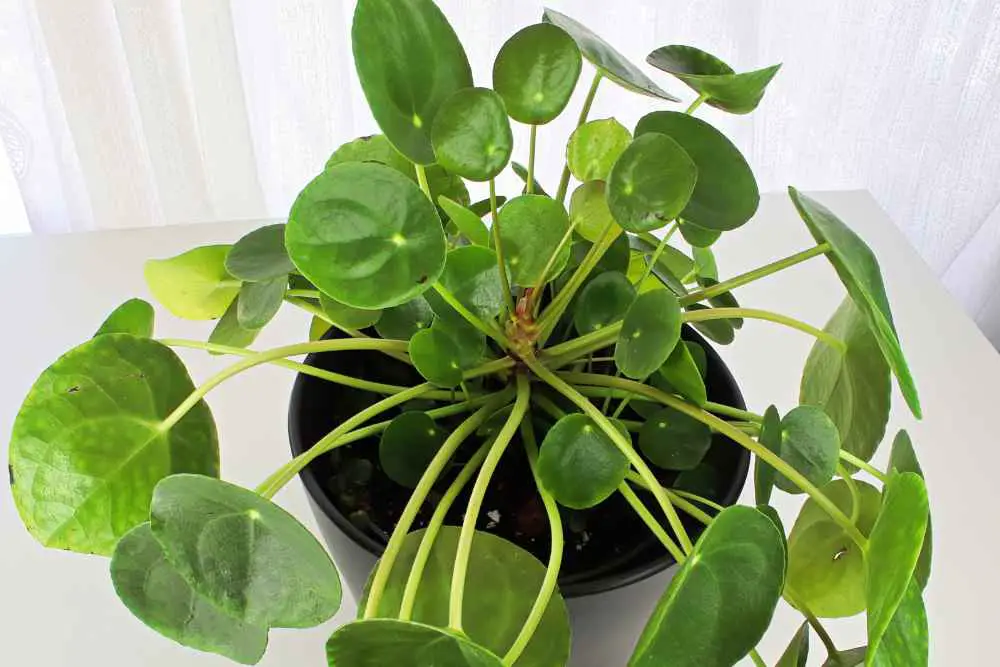
The most well-known plant on the list and one of the greatest for kokedama are the well-known Chinese Money Plant, which is easy to grow. You probably already have a pilea in your collection if you live in a small city and have some houseplants. This plant has several qualities that make it an excellent option for kokedama, in addition to making it a great option for novice plant parents in urban environments.
This plant gets completely rooted in a 4-inch pot and is ready to be planted. The Chinese Money Plant’s distinctive circle-shaped leaves add a lovely diversity to your yard. Also, this plant produces wonderful house décor, which is now popular.
The appearance of the plant is stranger, if not comical when it is placed inside a kokedama moss ball. In Scandinavian interior design, the Chinese money plant (also known as Pilea) is widely used because the white walls and brilliant green, pancake-shaped leaves make for a charming and welcoming contrast.
Although it is believed to be a simple plant to grow, it can be difficult to locate in plant stores. Pilea Polybotrya is a more compact species of Pilea, which is even more suited for kokedama. Pilea peperomioides is the common variation of Pilea. Don’t worry if you can’t find a Polybotrya variety. But, you may buy this unique variety, which will grow exquisite kokedama plants, directly from Amazon.
2. Nerve Plant – Fittonia Albivenis

Another flowering plant that you can try planting for kokedama is nerve plants. One of the most beautiful plant families that are suitable for kokedama, their small size and colorful foliage make them one of the most colorful plants. The nerve plant is also known as the “Fittonia nerve plant.” They are also known as mosaic plants or painted net leaves. You frequently find the Nerve plant flourishing in terrariums or even blended together with succulents.
The dark green or brown kokedama moss ball contrasts sharply with the dark green leaves that have yellow, red, or white veins. Your nerve plant kokedama can be kept in good condition for many years as long as you give it plenty of humidity.
It’s simple to grow a nerve plant indoors; all you have to do is make sure the soil is evenly hydrated and neither too dry nor too damp. Although it enjoys direct but strong sunshine, the nerve plant would grow best in a location near a window that offers some shade.
The main disadvantage of nerve plants is that they require high humidity. You may anticipate their demands by putting them in a bathroom, giving them daily watering, or hanging them above your collection of indoor plants.
3. Hawaiian Red Anthurium – Anthurium andraeanum

The Hawaiian Red Anthurium is the name of this plant. Anthurium is the largest genus of flowering plants in the Araceae family, with over 1000 species. Popular names for this lovely plant to grow in your kokedama include anthurium, tailflower, flamingo flower, and laceleaf. The brilliant red color of this plant truly jumps out in the garden and makes it a really dynamic addition. In a 2-inch pot, this authentic Hawaiian red anthurium grows to around 6 to 10 inches.
Because of its rich red color, this is an extremely vibrant plant to have in the garden. It is grown in a pest-free nursery on the Hawaiian island of Oahu. As a result, it is made sure that consumers receive their plants directly from the nursery.
4. Spider Plant – Chlorophytum Comosum
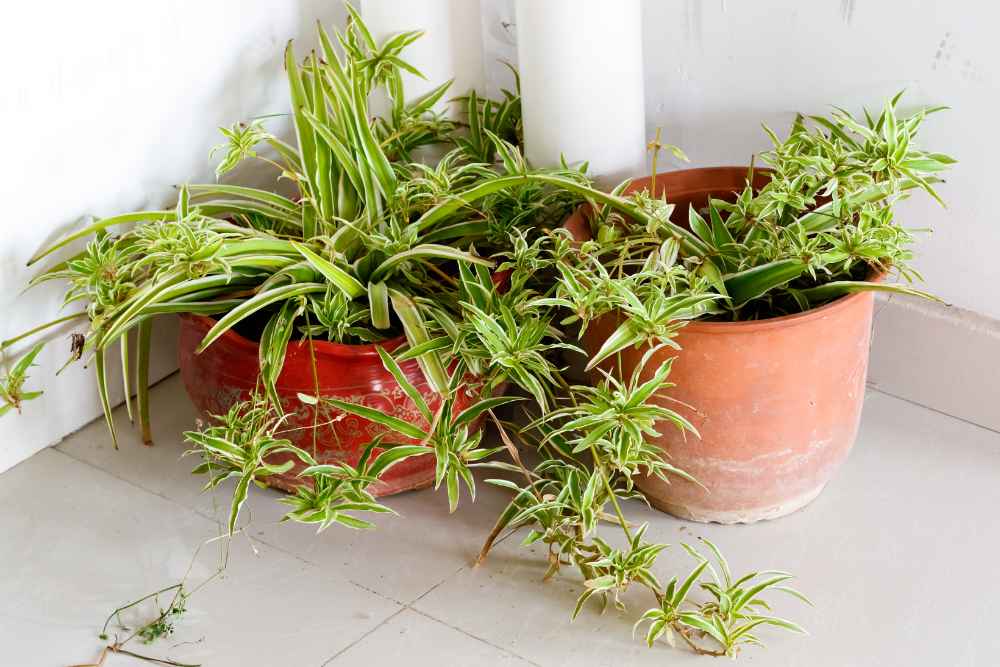
Another low-maintenance houseplant that does well with kokedama is the spider plant. These low-care plants are common in houseplant collections. Low light levels won’t harm spider plants. So, your selection of plants is much smaller if you want to hang your kokedama somewhere that isn’t in direct sunlight. Only a few indoor plants, including spider plants, can survive in low light.
Another reason spider plants are ideal for kokedama is that they prefer confined growing places and appreciate becoming root-bound. This means that when planting in pots, you should use tiny pots and wait until the roots are visible above the soil’s surface.
You can separate a side shoot from your “mother” plant when it sprouts with its own unique rosette and utilize it for your kokedama. You will have plenty of time to enjoy the kokedama while the plant develops and fills out the moss ball due to the tiny size of the rosette and the growing root system.
This implies that you will have more time to watch the display for kokedama. Spider plants develop very quickly, so if they didn’t like being root-bound, it would be quite difficult to keep up with their growth. Growing and exploring these adorable little plants, which are great for both indoor and outdoor use, is a genuinely joyful process. These plants look excellent in hanging pots and work well as kokedama plants.
After they start growing well, you’ll realize you have too many young plants to propagate, so you’ll only need one of these plants. Undoubtedly an excellent plant to have in your garden since it also cleanses the air, ensuring that the air in your home is clean and fresh thanks to your green little plant.
5. Ficus Tree Bonsai – Ficus Retusa Bonsai
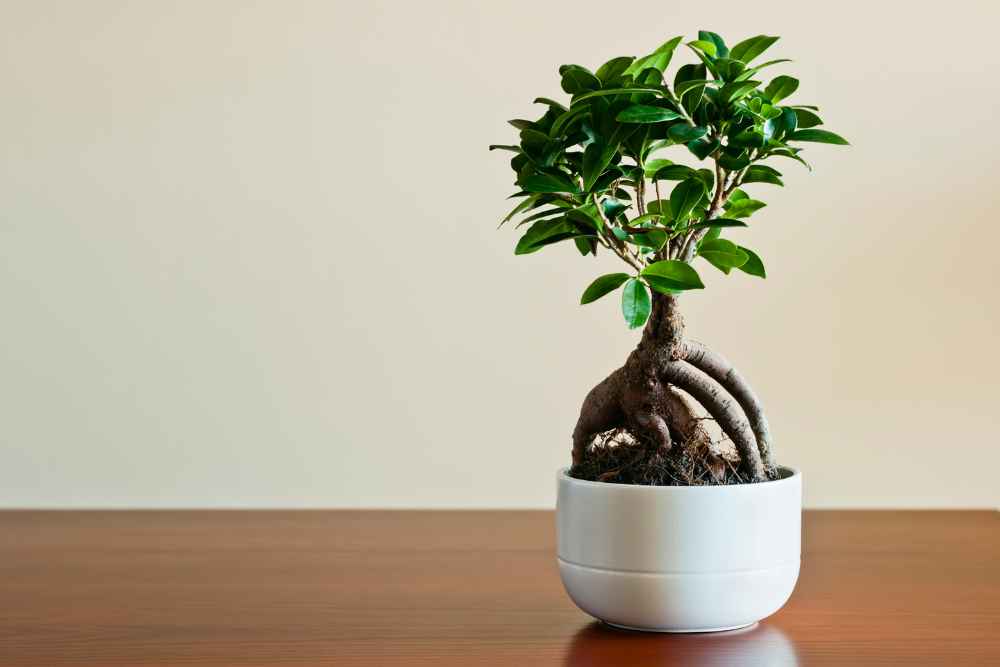
This ficus species, also known as the golden gate variant, is a member of the bonsai family and is ideal for growing inside. You should plant the Ficus Tree Bonsai in your kokedama since it is a lovely tiny bonsai tree. Your garden will benefit greatly from having it. It has a lovely grey trunk that is crowned by tiny, oval-shaped leaves in a dark green color. This plant thrives best when kept inside.
Ficus trees are drought-tolerant and can withstand times of low humidity. Because ficus trees are resilient, they make excellent houseplants because they adapt well to indoor settings. These forgiving characteristics also make it an excellent bonsai tree for kokedama.
6. Cebu Blue Pothos – Epipremnum Pinnatum
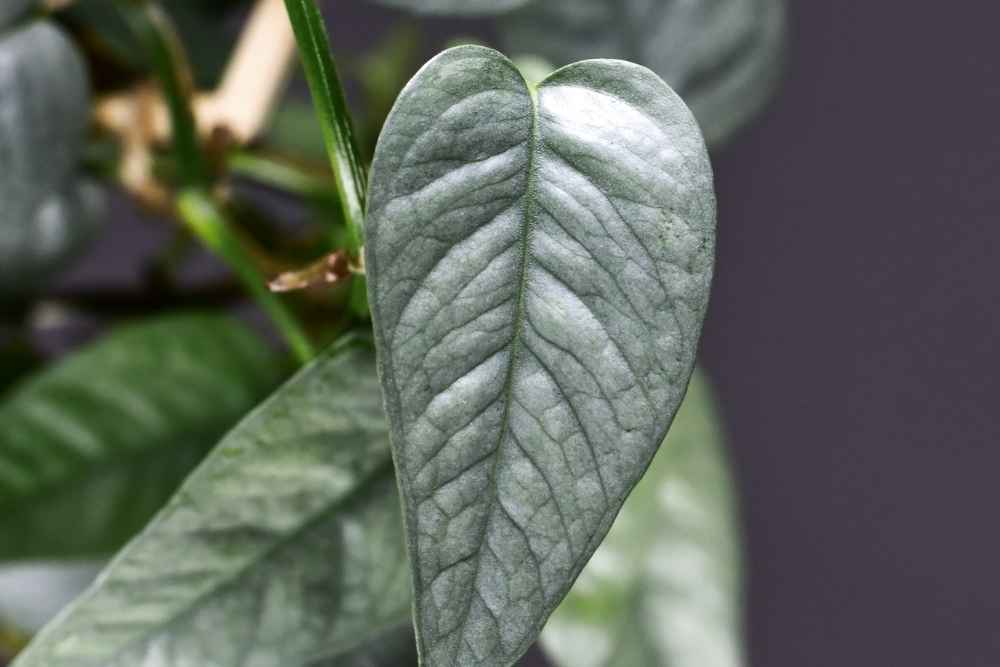
The foliage on the entire pothos plant family is quite gorgeous, and they are all very easy to care for. The plants can be readily pruned, multiplied, and grown vertically by clinging to a central pole or by letting the vines hang.
Another advantage of pothos is that the ends may be readily trimmed to keep them tiny. Cebu Blue pothos develops as an epiphytic plant in its natural habitat. Because epiphytic plants are accustomed to growing off of other living things, they are ideal for kokedama. The leaves of the Cebu Blue pothos have a similar appearance to the popular monstera plant, which is another fantastic feature.
7. Rabbit Foot Fern – Davallia Fejeensis
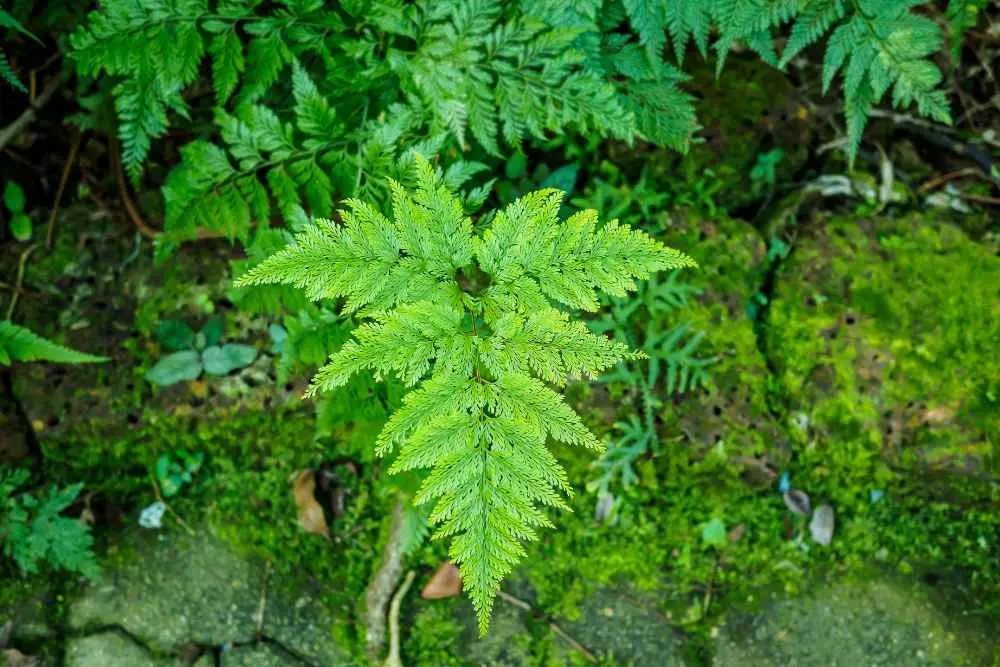
For your kokedama, ferns can make a wonderful plant, but it’s crucial to pick the proper kind. You should be aware that different fern varieties will have different preferences and degrees of tolerance for unfavorable circumstances.
Because they are so sensitive to humidity and light, maidenhair ferns, for instance, will not thrive in a kokedama environment. Use ferns that are less vulnerable to low humidity instead, including the hardier varieties of the blue star or rabbit’s foot fern.
Asparagus ferns and other ferns do well in kokedama environments and have beautiful young foliage. Unfortunately, their rapid growth patterns make maintenance difficult, and the plant will quickly overrun the host. Start with a small cutting when planting your plants and prune them frequently to maintain them small.
8. Peace Lily – Spathiphyllum Wallisii
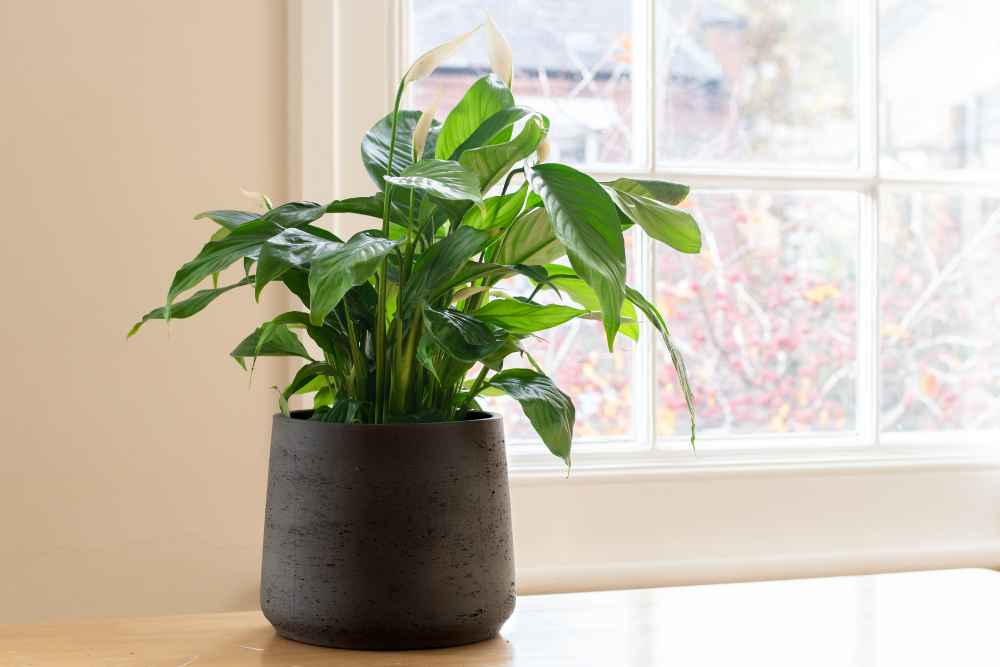
The beautiful Peace Lily is the next plant that would look great in a kokedama. Another plant that thrives indoors is this one. Low light is necessary for the Peace Lily, which blooms all year round. Simply make sure that your plant receives consistent moisture and watering, which will enable it to flourish.
Peace lilies are tropical evergreen plants. They grow on the forest floor where they receive dappled sunlight and consistent rainfall. The secret to getting your peace lily to be content and healthy at home is to recreate these environments. When given enough light, peace lilies begin to bloom in the early summer and can continue to do so throughout the entire year.
Peace Lilies are an excellent choice for a flowering plant to display in your kokedama. Although Spathiphyllum wallisii is an aeroid, its waxy leaves shield it from both inadequate and excessive irrigation. Its toughness allows it to withstand the harsh circumstances of kokedama.
Although Peace Lilies can droop considerably when not watered, soaking the moss ball in water for a few minutes will hydrate and revive them right up. If you have a Peace Lily growing in your kokedama, make sure you dip it in filtered water.
These plants can be susceptible to severe water components, causing the leaves to become brown. Another thing to keep in mind is that Peace Lilies are a fast-growing plant. The lovely blossoms won’t persist for more than a few seasons, even though you will enjoy them. Choosing a dwarf variety will help you extend the time that your Peace Lilly will be content in its moss ball.
9. Ivy Peperomia – Peperomia Griseoargentea
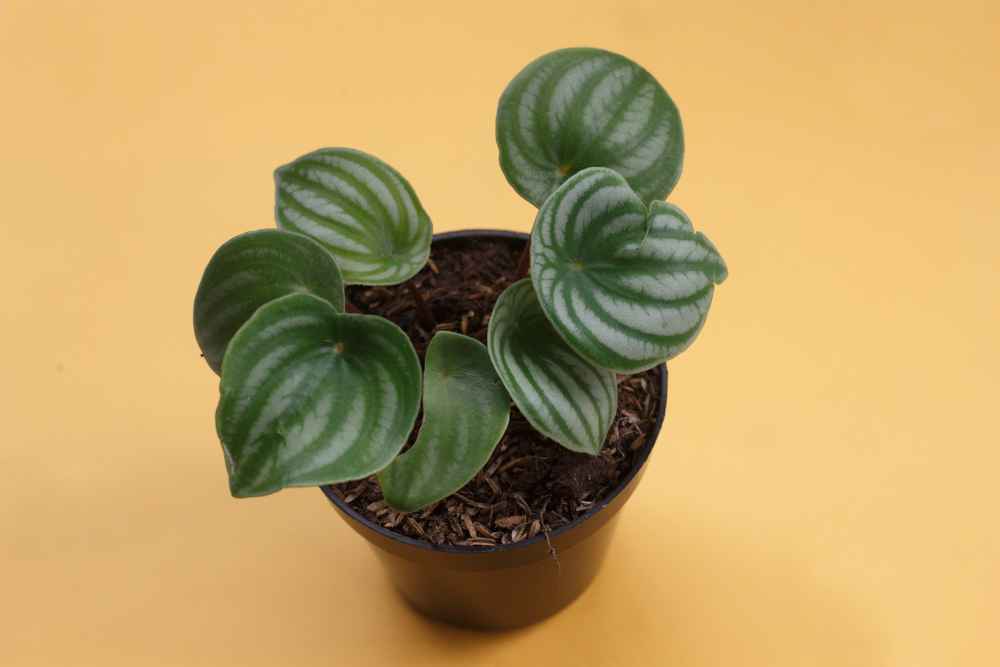
Ivy peperomia is a succulent that looks like ivy and has shimmering, dangling stems. It’s a lovely little plant, and because of its small size, it generally adorns desks and small shelves. It is the ideal plant for kokedama because it just requires moderate watering and has a shallow root structure.
Because of its ability to withstand drought, it is especially well suited to surviving the extended periods between waterings that are typical in kokedama. Because of its thin root system and love for small pots, it will thrive in the small moss ball.
Ivy peperomia prefers a confined space for its roots and does not require regular transplantation. These characteristics make it an excellent kokedama plant. Also, excellent choices for kokedama are other little succulents like a Zebra cactus. Succulents, which can withstand drought and typically don’t grow quickly, are especially great for these growing circumstances.
Seeing these drought-tolerant plants, which are typically found in rock and desert gardens, displayed in lush, suspended moss balls may also be extremely beautiful.
10. Dragon Tree – Dracaena marginata
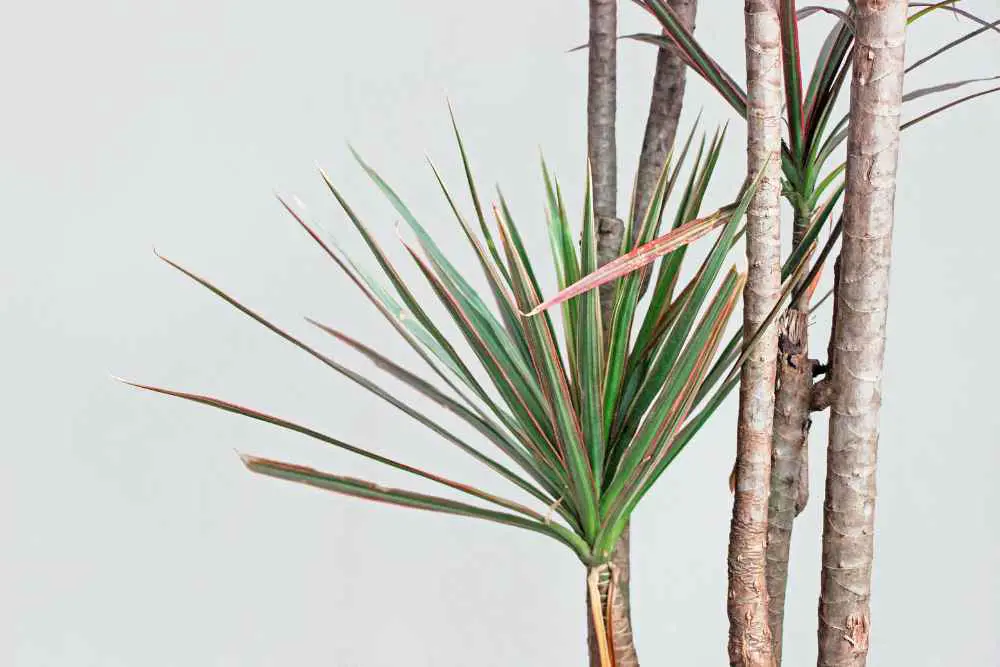
Another best plant for kokedama, is Dracaena Marginata. It has unusual and attractive pale pink foliage. It thrives both indoors and outdoors and does a good job of air purification. The performance of this plant is excellent both inside and in direct sunshine.
Dracaena marginata is a low-maintenance plant that even inexperienced gardeners may grow successfully. While the light pink leaves will produce a distinctive sight that your friends will undoubtedly question you about, adding this species of plant to your kokedama will be a charming small addition to your garden.
11. Croton – Codiaeum Variegatum
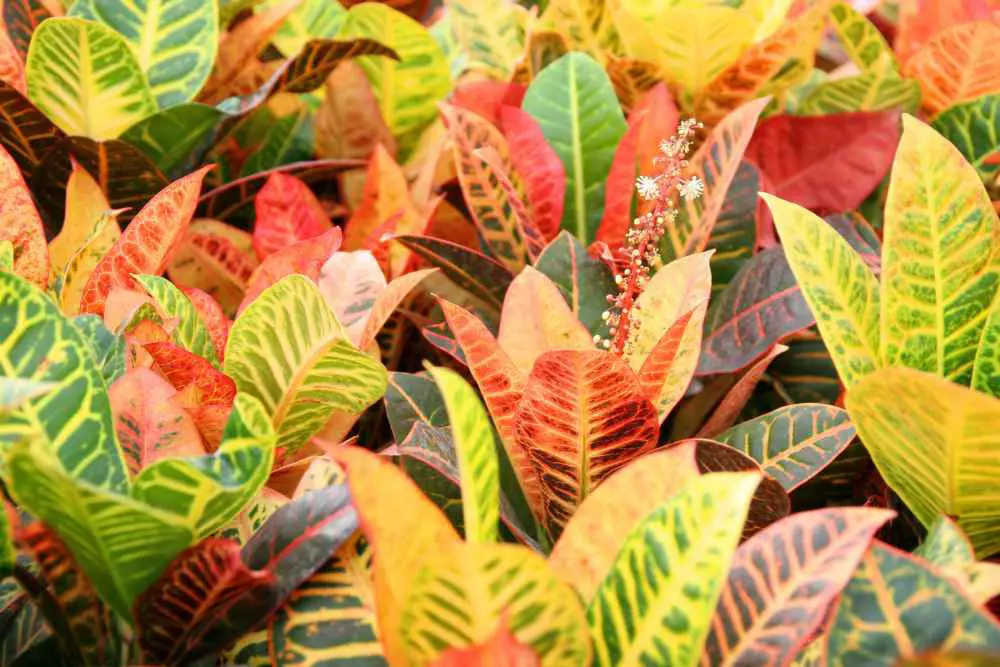
The plant produced fresh, dark green foliage that, when exposed to the sun, turned into a bright rainbow. Crotons are among the houseplants that thrive in direct sunlight. Crotons are the greatest option if you want to hang your kokedama near a window or another area that receives direct sunlight. Crotons can get very big, but they don’t grow that fast, especially if you maintain them in small containers, don’t fertilize them, and get good at pinching off new growth.
Start with a little plant or miniature variety to ensure that you get the most enjoyment out of your croton kokedama. One of the most compact kinds is the Mammy croton, and occasionally you can even locate a Mammy dwarf corkscrew croton that will remain small. If having multicolored foliage isn’t very important to you Another smaller kind that will work nicely in kokedama is banana crotons.
12. Lucky Bamboo – Dracaena sanderiana
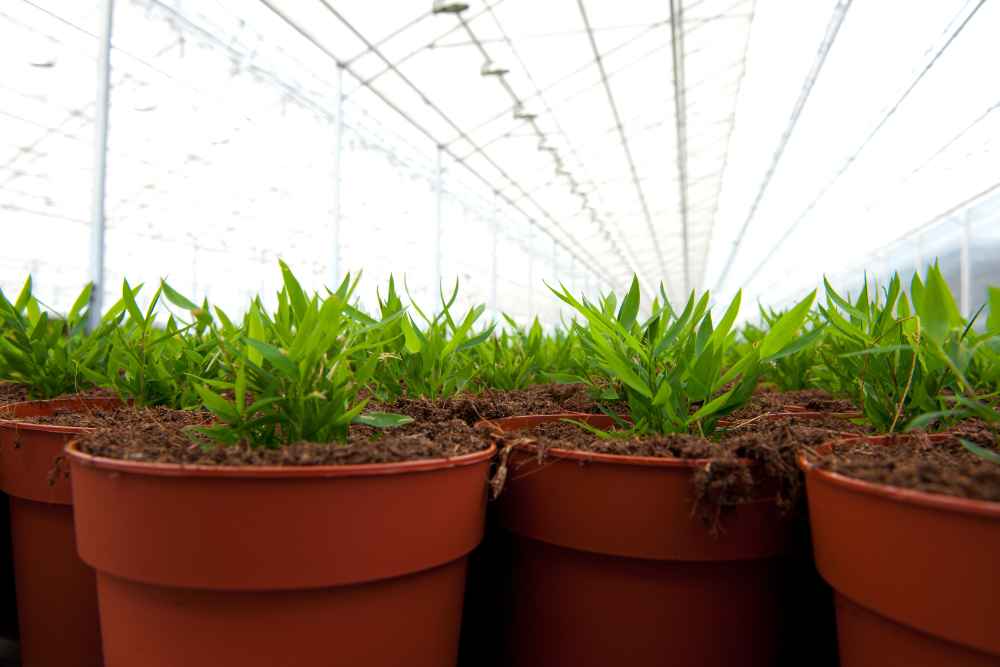
Lucky bamboo, since it has been sold to us several times. This plant is both tropical and shrubby. Yes, it can be grown using the kokedama method and it can grow to a height of one meter. Direct sunlight is not required because the sole thing that causes the leaves to burn.
Moreover, it does not require a lot of irrigation ( just remember it from time to time). If you don’t live in an extremely dry environment, in which case you would need to water it by immersion once a week, kokedama keeps quite well without water for around two weeks due to the substrate’s ability to retain moisture.
13. Swiss cheese plant – Monstera Deliciosa
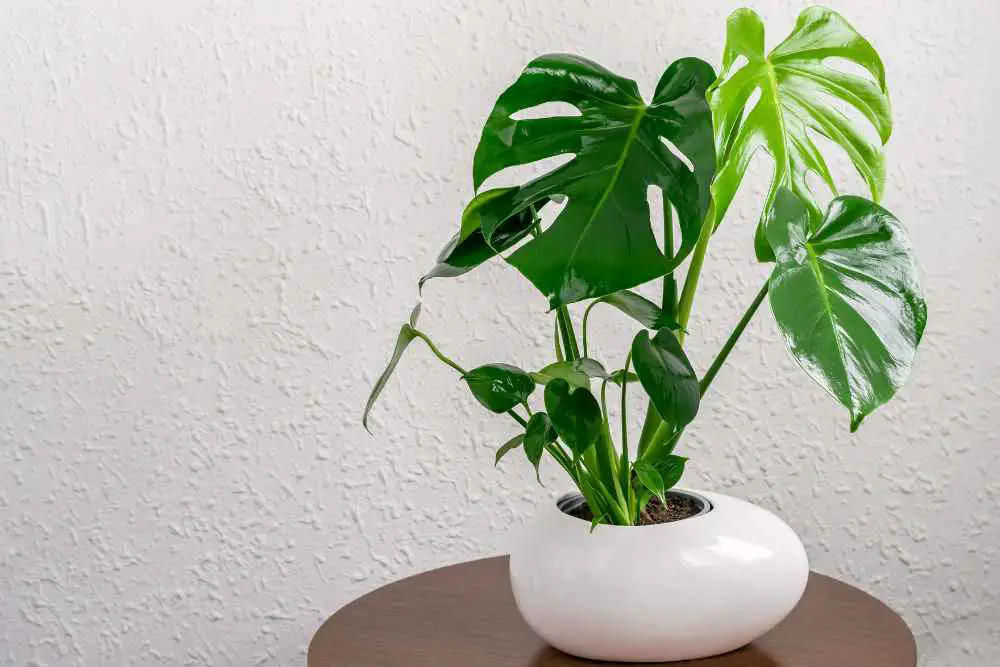
Monstera Deliciosa, one of the most popular houseplants, is an easy-to-grow plant that is ideal for your indoor area and requires little care.
It also offers a colorful splash of green to your home. These plants thrive in low to bright indoor or outdoor lighting conditions. This plant species has broad, heart-shaped leaves with lovely fenestrations, which are simply holes and splits in the leaves. If grown properly in a kokedama, this plant will look incredibly lovely. Indoor plants are wonderful mood enhancers and sources of creativity to have in your home.
How Long Does Kokedama Last?
The lifespan of a kokedama largely depends on the type of plant it houses and how well it’s cared for. A well-maintained kokedama can last from several months to a few years. Regular watering, appropriate light exposure, and occasional fertilization are crucial for ensuring the longevity of your moss ball plant.
One of the defining characteristics of a kokedama is that it’s not meant to be a permanent display. Over time, the moss may lose its vibrant green hue, indicating it’s time for a replacement. Fear not, though, as creating a new kokedama can be an enjoyable and meditative experience.
How to Hang Kokedama?
Hanging kokedama is an art in itself. The floating, earthy orbs create an ethereal atmosphere, adding a touch of magic to any space. Here’s a simple guide on how to hang your kokedama:
- Choose a Sturdy Support: Kokedama can be relatively heavy, especially when saturated with water. Make sure the support you choose, whether a hook, a rod, or a string, can securely hold the weight.
- Find the Right Location: Most kokedama plants thrive in indirect sunlight, ideal for bright, filtered spaces. Avoid exposing them to direct sunlight for a long time., as it can scorch the delicate moss.
- Watering with Care: When watering your kokedama, gently immerse the moss ball in a water bowl, allowing it to soak for a few minutes. Afterward, let it drain completely before hanging it back up. Be mindful not to overwater, as excessive moisture can lead to root rot.
- Rotation for Balance: Rotate your kokedama occasionally to ensure all sides receive equal exposure to light. This will help maintain the plant’s symmetrical appearance.
- 29 Bucket Gardening Ideas for a Lush, Compact Garden - October 30, 2024
- 20+ Chic Boho Bedroom Ideas for a Cozy and Stylish Retreat - June 20, 2024
- 12+ Modern Boho Living Room Ideas to Create a Unique Oasis - June 10, 2024


